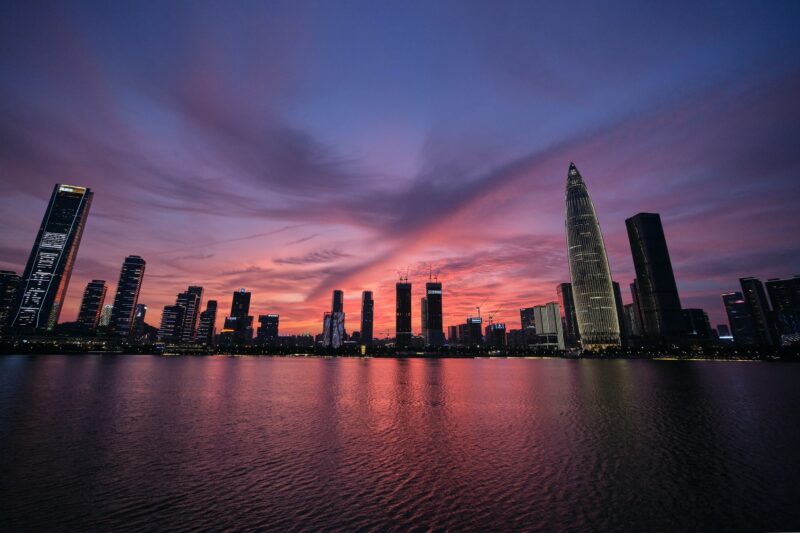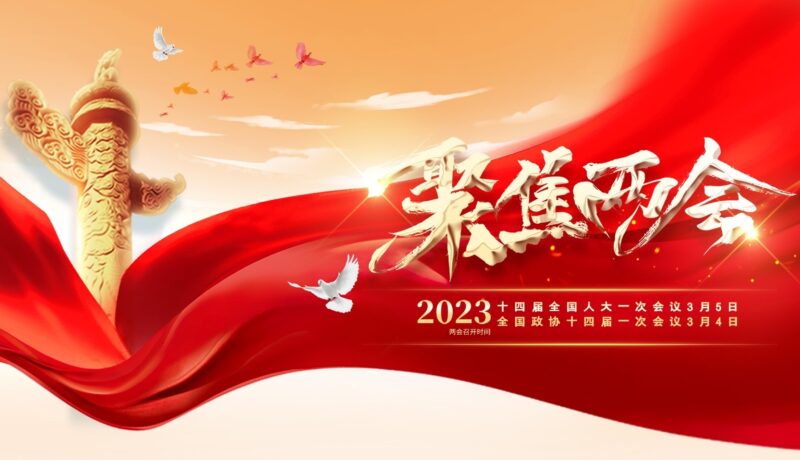As China is now all hands on deck to drive domestic consumption recovery, market players are seeking the best channels and platforms to seize a slice of the country’s lucrative market.
To help marketers re-navigate the post-pandemic market, Dao Insights launched an exclusive insights report “China’s Retail Resurgence: Channelling the Power of WeChat and Consumer Trends for Growth in 2023”. To accompany the release of the report, Dao Insights founder Arnold Ma hosted a webinar with talks from experts in China’s luxury and digital retail landscape.
China’s young consumers are “highly educated, engaged on social media, and willing to pay a premium for brands that align with their values.”
Dr Esterina Nervino
In the current landscape, there is a notable shift towards consumers prioritising emotional value alongside fulfilling their functional needs. This behaviour is typical of what Dr Esterina Nervino, Assistant Professor of Marketing and Associate Director of the Sales and Marketing Consulting Unit at the City University of Hong Kong, calls the “Cultural Resonator”. These young consumers are “highly educated, engaged on social media, and willing to pay a premium for brands that align with their values.”
As these cultural resonators become the driving force of China’s consumption, luxury brands have been strategically leveraging WeChat to cater to their emotional desires and aspirations. During the webinar, we heard from representatives of Tencent, WeChat, Diageo, Saint Laurent, and SDA Bocconi on how luxury is changing as a result of these consumers, and what role WeChat can play for brands.
Leveraging WeChat to Reinvent the Luxury Experience – Laura Pan, SDA Bocconi School of Management
Laura Pan, Lecturer of International Management at Italy’s foremost business school SDA Bocconi, gave a detailed profile of the Chinese luxury consumer and how brands are reinventing the luxury experience.
“Luxury consumers are more intelligent and curious than in the West” Laura explained, “They tend to do a lot more research, which is why social media in China is built differently – it’s not about just what an influencer is doing, but whether a product is worth purchasing.” On top of this, Pan pointed out that Chinese luxury consumers tend to have far less brand loyalty, meaning one wrong step can be catastrophic for even the most successful brands.
A major trend in the luxury industry globally is the increasing focus on the most high-end consumers, who typically contribute 80% of a luxury brand’s revenue. According to Pan, Chinese luxury consumers are the most demanding in the world, so appealing to these top-tier shoppers in China is even more of a challenge.
As a result, luxury brands are striving to take their offerings beyond the products themselves, transforming luxury shopping into a personal and intimate experience. Alongside “multi-sensory touchpoints”, like private VIP salons and hobby-oriented brand activations, WeChat is at the heart of this reinvention.
Social media in China is built differently – it’s not about just what an influencer is doing, but whether a product is worth purchasing.”
Laura Pan
Pan explained how WeCom, WeChat’s business communication function, has been “revolutionary” in cultivating strong personal relationships between sales associates and top-tier luxury customers. “A lot of Chinese consumers love communicating through WeChat messages, they don’t like to be called, they don’t like to check emails, so WeCom is the perfect tool”. China has one of the highest turnovers in sales staff, but clientele databases can be easily maintained through WeCom when sales associates leave a company.
Navigating the WeChat Ecosystem – Adam Nait, Saint Laurent
Adam Nait, Head of Digital Engagement at Saint Laurent, spoke from his own experience working in the luxury industry on how WeChat can be used to create digital customer journeys.
Nait pointed out that, unlike any other Chinese social media platform, WeChat is harnessed by Saint Laurent in every step of the customer journey, including brand discovery, product searches, purchasing, and feedback. This includes multiple functions – WeChat Search, WeChat Official Account, and Mini Programs.
The Mini-Program function, which is a lightweight application designed to offer interactive experiences, is the perfect vehicle for Saint Laurent’s Rive Droite, a culture and lifestyle-focused brand pillar launched in 2019.
“Art, photography, and music has always been part of Saint Laurent’s DNA”, Nait explained, “With the Rive Droite Mini Program we built, we bridge fashion with the art world.” Mini Programs enable Saint Laurent to stay at the centre of the cultural conversation by sharing innovative brand collaborations, fashion shows, exhibitions, and more in a dynamic and easy-to-use format.
The WeChat Official Account function is also key to nurturing brand image, as it replaces the brand website in the Chinese digital ecosystem. When asked about the role of this function, Nait responded “For Saint Laurent, WeChat Official Account is above and beyond a brand website”, explaining that it acts as a gallery, e-commerce site, and CRM toolkit all in one powerful platform.
Panel Discussion: Leeon Zhu, Mingming Zhao, and Antony Lin
For the final section of the webinar, Dao Insights invited representatives from WeChat Pay, Tencent, and Diageo to discuss their perspectives in a panel discussion.
Antony Lin, Head of WeChat Pay Fashion Division, provided further detail on how WeChat helps brands achieve their marketing objectives – both in sales performance and branding.
The WeChat Official Account function is also key to nurturing brand image, as it replaces the brand website in the Chinese digital ecosystem.
According to Antony, Dior has led the way in using WeChat to drive sales performance, which they achieved by having sales associates continuously share product recommendations with customers via Mini Programs. Dior has also used WeChat Channels to livestream fashion shows, which has been pivotal in hitting their advertising revenue targets.
Leeon Zhu, Consumer Planning Director APAC at Diageo, highlighted hyper-localism as a key post-pandemic trend. “High-end luxury consumers are by nature global consumers, but we believe COVID restrictions have provoked a reassessment of the value of our immediate environment and cultural roots,” Zhu explained. Local media formats are one way brands are providing closeness and intimacy in this landscape, “It goes without saying that WeChat is a format Chinese consumers are very fond of.”
Mingming Zhao, Head of Tencent Smart Retail Beauty and Fashion Division, reminded the audience of a thread running through the entire discussion. “From a Chinese consumer perspective, the fundamental logic is to have respect. Have respect for Chinese consumers and have respect for Chinese culture”. This sentiment was echoed by the other guests and Dao Insights founder Arnold Ma, who all agreed that remaining humble and curious is key to success in the dynamic and heterogenous Chinese market.
To delve deeper into how WeChat can help brands respond to the changing retail landscape in China, read our exclusive industry insights report featuring key case studies.
- Key emerging opportunities for brands
- Consumer and industry trends
- WeChat ecosystem’s value for retail
- Strategies to leverage the power of WeChat
To access the full report, please fill out the form below:









